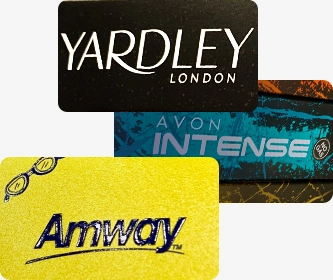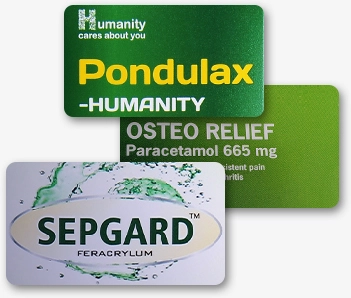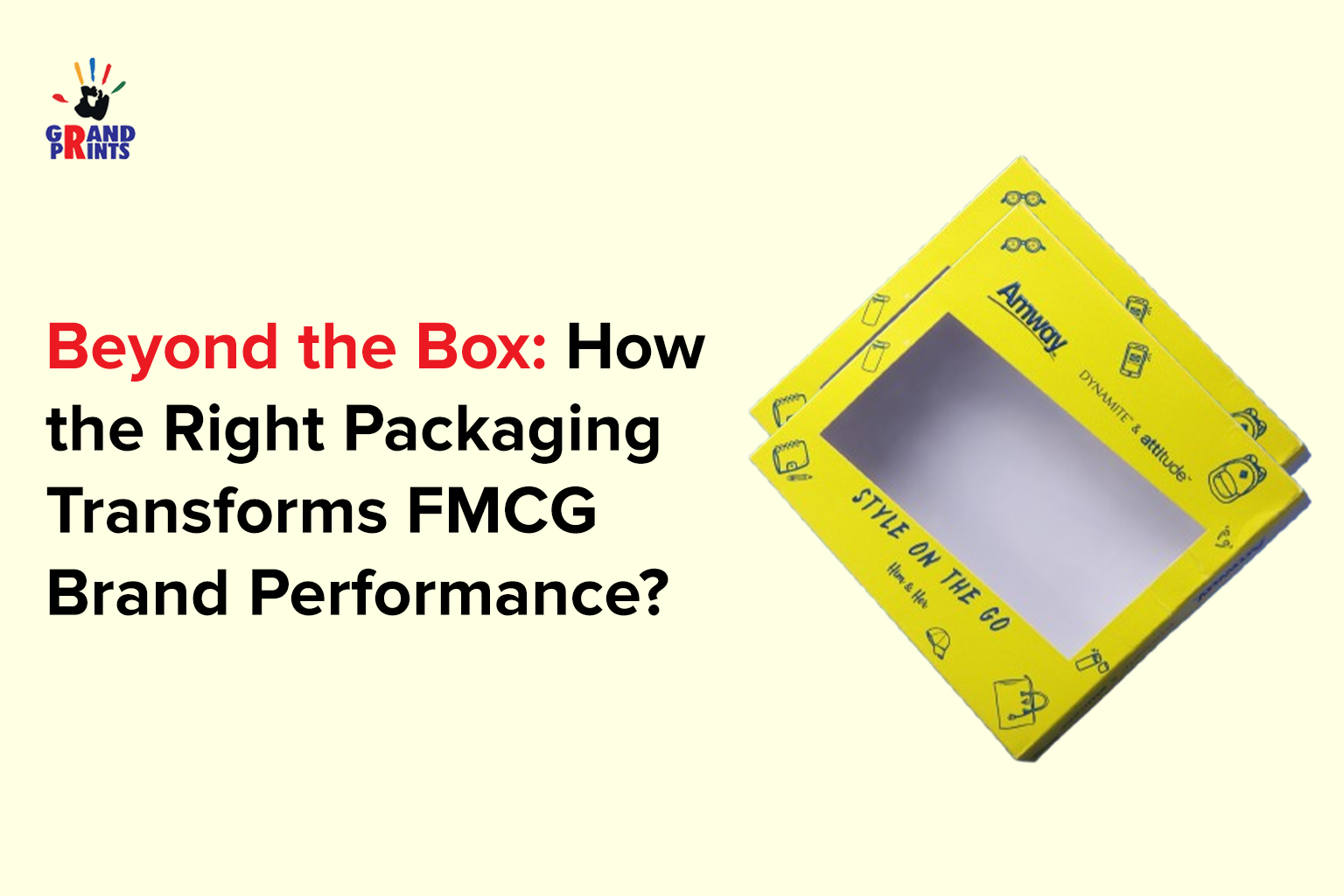Why is packaging so important in FMCG?
Packaging in FMCG isn’t just about enclosing a product—it shapes the buyer’s first impression, ensures safety during transit, and conveys essential brand and product details. It plays a crucial role in influencing shelf appeal and consumer trust.



